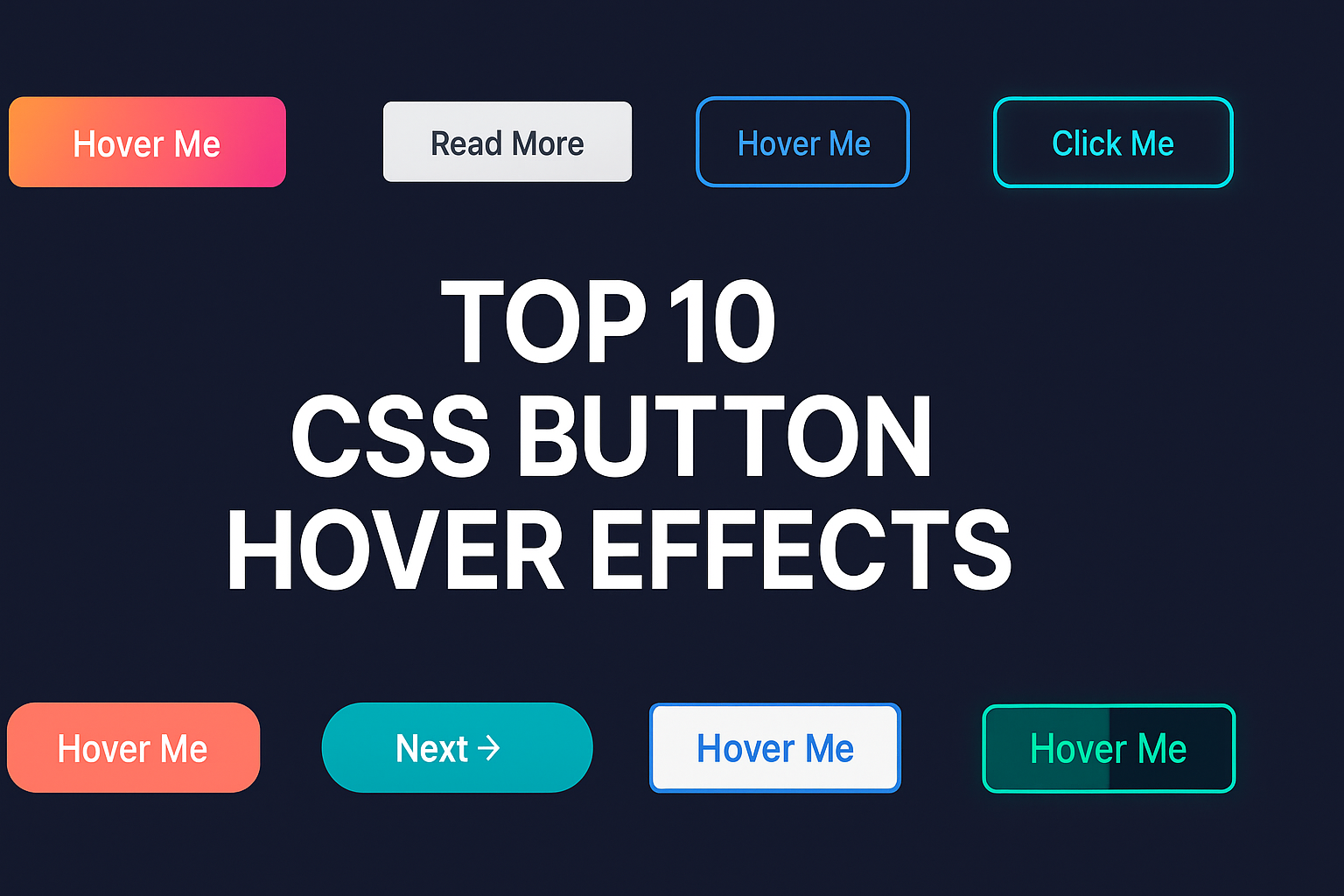.png)
Modern CSS Is a Game-Changer: Here’s Why Developers Love It
Modern CSS Benefits: Why Today’s CSS Is More Powerful Than Ever
Modern CSS has transformed the way developers build websites. What used to require complex frameworks or heavy JavaScript can now be done natively with clean, efficient CSS. Today’s CSS is more powerful, flexible, and intuitive than ever making it a core skill for every frontend developer.
In this blog, we’ll explore key benefits of Modern CSS and why it plays a crucial role in building fast, maintainable, and scalable interfaces.
1. Cleaner and More Maintainable Code
Modern CSS features like custom properties, nesting, and cascade layers help developers write cleaner and more predictable styles.
With these tools, teams can:
- Reduce repetitive code
- Manage themes more easily
- Avoid cascade conflicts
- Build scalable design systems
These improvements offer a cleaner workflow and reduce the time spent debugging.
2. Powerful Layout Capabilities
CSS Grid and Flexbox completely changed layout design:
- Flexbox handles one-dimensional layouts (rows or columns)
- Grid handles two-dimensional layouts (rows + columns)
With these native systems, developers no longer need heavy UI frameworks for responsive layouts. This results in:
- Faster load times
- Better control over design
- Cleaner markup structure
3. Less Reliance on JavaScript
Many UI interactions that previously required JavaScript can now be handled directly in CSS, such as:
- Animations and transitions
- Sticky elements
- Scroll-linked effects
- Theme switching
- Dropdown-style interactions using
:has()
Reducing JavaScript means:
- Better performance
- Fewer bugs
- Faster development
- More stable UI behavior
4. Built-In Responsive Design
Modern CSS introduces powerful tools for responsiveness:
clamp()for fluid typography and spacing- Container queries for component-based responsiveness
- Logical properties for international layouts
- Responsive units like
vw,vh, anddvh
These features reduce the need for multiple media queries and make designs more adaptable across devices.
5. Native Support for Theming
With features like CSS variables and preference-based media queries (prefers-color-scheme, prefers-reduced-motion), CSS now supports:
- Dark mode
- Light mode
- Brand-based color themes
- User-friendly accessibility settings
This makes personalization and accessibility much easier to implement.
6. Advanced Selectors That Simplify Logic
Selectors like :is(), :where(), and :has() increase flexibility without adding complexity. They allow developers to:
- Reduce repetitive selectors
- Match parent elements based on children
- Write more readable styles
These selectors streamline your workflow and reduce the need for extra HTML markup.
7. Strong Browser Support
Modern browsers rapidly adopt new CSS features, giving developers more freedom to use:
- Nesting
- Cascade layers
- New color functions (lab, lch)
- Subgrid
- View transitions
This means cutting-edge CSS can be used safely in production.
8. Reduced Dependence on Frameworks
As CSS gets more powerful, developers no longer need frameworks like Bootstrap or Tailwind for basic layouts or components. Native CSS:
- Loads faster
- Offers full customization
- Avoids unnecessary dependencies
- Is easier to maintain
Modern CSS gives you freedom without sacrificing efficiency.
9. Improved Developer Experience
Modern CSS is simply more enjoyable. Developers benefit from:
- Faster prototyping
- More predictable behavior
- Easier debugging
- Cleaner design systems
- Reduced cognitive load
This means teams ship better frontend experiences - faster.
Conclusion
Modern CSS is no longer just a styling tool; it’s a complete design and layout system. It makes websites faster, more responsive, more accessible, and easier to maintain. By adopting modern CSS features, developers can build future-proof interfaces while writing clean, scalable, and lightweight code.
Frequently Asked Questions(FAQs)
1. What is Modern CSS?
Modern CSS refers to the latest CSS features such as Flexbox, Grid, custom properties, nesting, container queries, and advanced selectors that simplify and improve frontend development.
2. Why is Modern CSS better than older CSS methods?
Modern CSS provides more control, easier layouts, cleaner code, and built-in responsiveness. It removes the need for many hacks and external frameworks.
3. How does Modern CSS improve website performance?
By reducing dependency on JavaScript and heavy UI frameworks, Modern CSS makes websites load faster, run smoother, and deliver a better overall user experience.
4. Do I still need frameworks like Bootstrap if I use Modern CSS?
In most cases, no. CSS Grid, Flexbox, and utility functions can handle most layout and UI tasks without requiring a framework.
5. Is Modern CSS supported across major browsers?
Yes. Most features like Grid, Flexbox, variables, and nesting are supported across Chrome, Safari, Firefox, and Edge.
6. Is Modern CSS good for responsive design?
Absolutely. Modern tools like clamp(), container queries, and fluid units make responsive layouts simpler, more flexible, and more consistent across devices.
.png)
.png)

